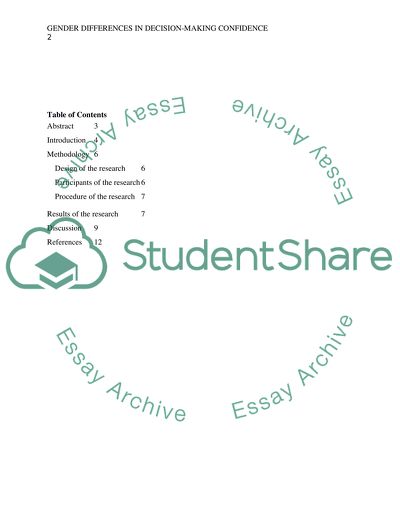Cite this document
(“Additional Insight into Gender Differences in Decision-Making Essay”, n.d.)
Additional Insight into Gender Differences in Decision-Making Essay. Retrieved from https://studentshare.org/psychology/1668986-additional-insight-into-gender-differences-in-decision-making-confidence
Additional Insight into Gender Differences in Decision-Making Essay. Retrieved from https://studentshare.org/psychology/1668986-additional-insight-into-gender-differences-in-decision-making-confidence
(Additional Insight into Gender Differences in Decision-Making Essay)
Additional Insight into Gender Differences in Decision-Making Essay. https://studentshare.org/psychology/1668986-additional-insight-into-gender-differences-in-decision-making-confidence.
Additional Insight into Gender Differences in Decision-Making Essay. https://studentshare.org/psychology/1668986-additional-insight-into-gender-differences-in-decision-making-confidence.
“Additional Insight into Gender Differences in Decision-Making Essay”, n.d. https://studentshare.org/psychology/1668986-additional-insight-into-gender-differences-in-decision-making-confidence.


